FortisTCI has achieved Platinum status from the Investors in People (II... Read More
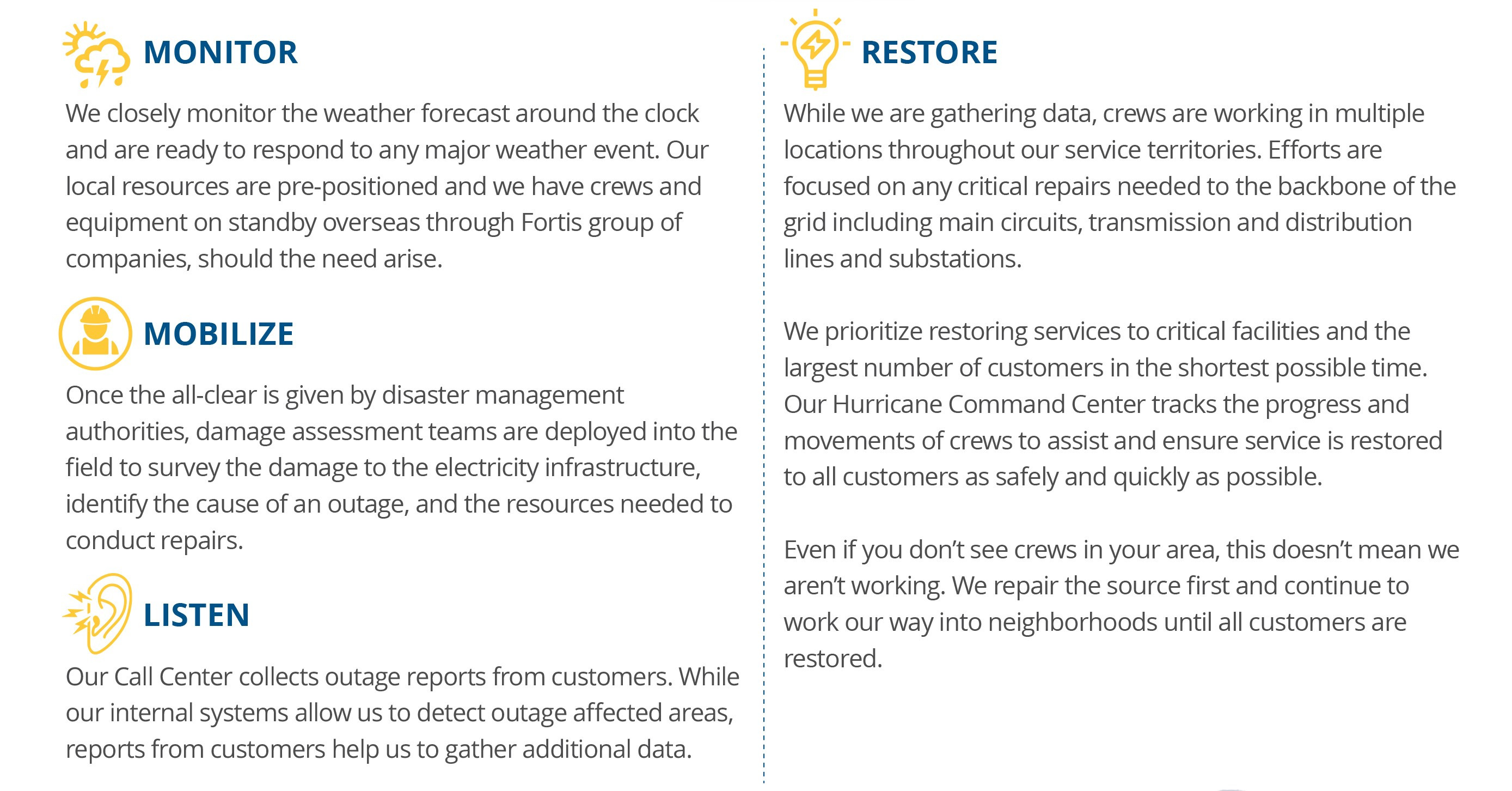
We closely monitor the weather forecast around the clock and are ready to respond to any major weather event. Our local resources are pre-positioned and we have crews and equipment on standby overseas through Fortis group of companies to provide additional support, should the need arise.
We take several steps and practical precautions year-round to minimize and protect against the risk of injury to our teams and damage to our property.
Our goal is to keep our electricity network ready, more resilient than before, and running as best, and long as possible.
Stay informed of the latest information on our hurricane response.
Restoration updates are shared through www.fortistci.com/powertracker, local media stations and our official social media channels:
If you are a FortisTCI account holder, we encourage you to ensure your email address and phone number in our customer database are up-to-date to receive notices via email. Visit www.fortistci.com/ebilling to submit your updated information.
For queries, email corpcomm@fortistci.com.
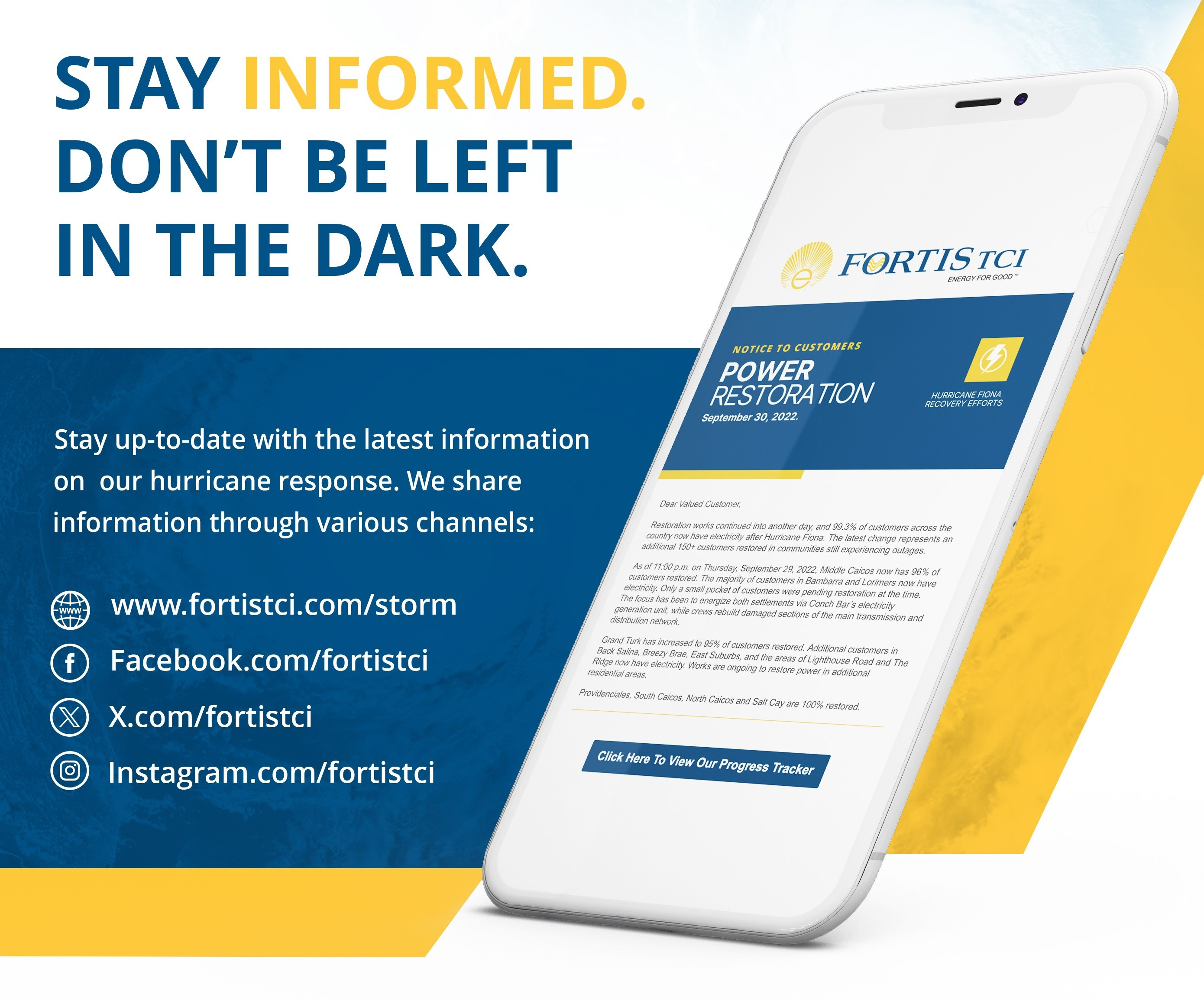

If you or someone you love is dependent on electric-powered, life-sustaining medical equipment, review your family emergency plan for backup power.
Some critical medicines such as insulin also require refrigeration. Outages also affect electric chairs, stair lifts, bath hoists and adjustable beds.
Make arrangements to relocate, if necessary, when a hurricane warning is issued to stay medically safe.
Speak to your health care provider for guidance.
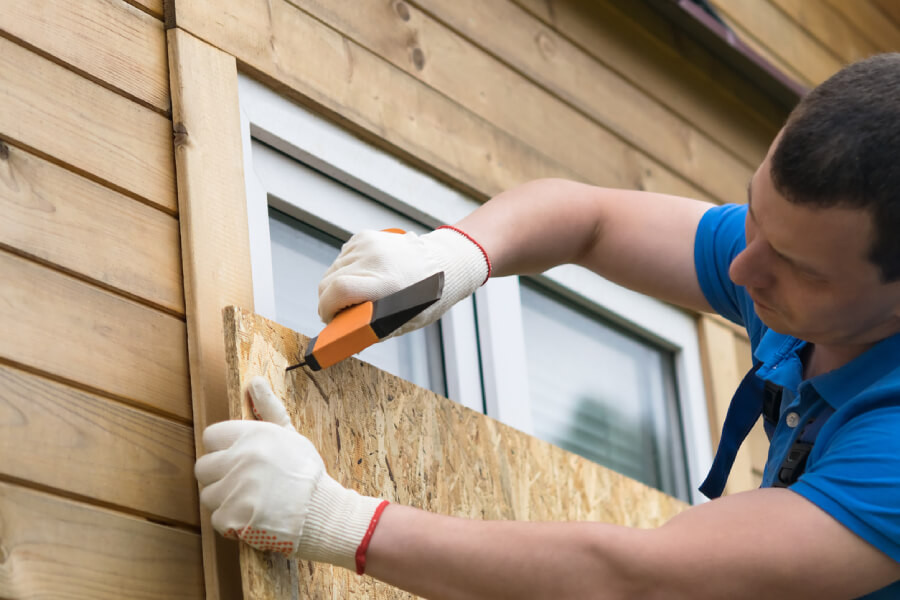
There are steps you can take to minimize the risk of damage to your property in the event of a storm:
Secure loose items, furnishings or equipment and store them safely in sheds or outbuildings, including children’s toys, bikes, ladders, outdoor grills, outdoor furniture and trampolines.
Prune trees with overhanging, loose or dead branches in advance of high winds, especially those close to your house.
Ensure windows, doors and gates are closed securely and/or locked.
Get your roof ready. Repair compromised roof tiles and loose guttering.
Park your car in a garage or away from trees and other objects that may be uprooted by stormy weather.
Ensure gutters and drain pipes are clear from debris and possible to avoid water buildup, flooding and/or seepage into the home’s walls.
Seal any gaps in outer walls and foundations with foam or caulk to prevent water seepage into the home.
Review your home insurance, contents insurance and car insurance to fully understand your coverage if the worst happens.
If you live in a low-lying area or coastal area, you may be at risk of storm surge or flash flooding when a storm hits.
Use sandbags against the outside of external doors to limit the entry of water.
Gather important documents and put them in a waterproof container.


Severe weather events can interrupt the electricity supply to your home or business. While we keep the lights on as long as weather permits, it’s important to prepare for unplanned outages and weather-induced power fluctuations ahead of a hurricane.
You may choose to unplug home appliances before weather conditions worsen, to protect from power surge damage and/or consider a home surge protector as the next line of defense.
Turning off lights, wall switches, large electronics and appliances is also important if electricity is completely lost as this lessens the chances of circuit overload, damaging appliances when power is restored.
Appliances, especially ovens and stoves, should be turned off to prevent fires in the event these appliances are unattended when power is restored. Leave one lamp or switch on as a signal for when your power returns.
You may choose to ride out a storm somewhere other than your home, for different reasons, including a greater feeling of safety and comfort, an evacuation order, or simply to be close to family members.
Whatever the situation, the hours and days following a hurricane can pose many hazards in and around a home, including electrical hazards. Below is some advice for returning to your home or checking your property after a storm.
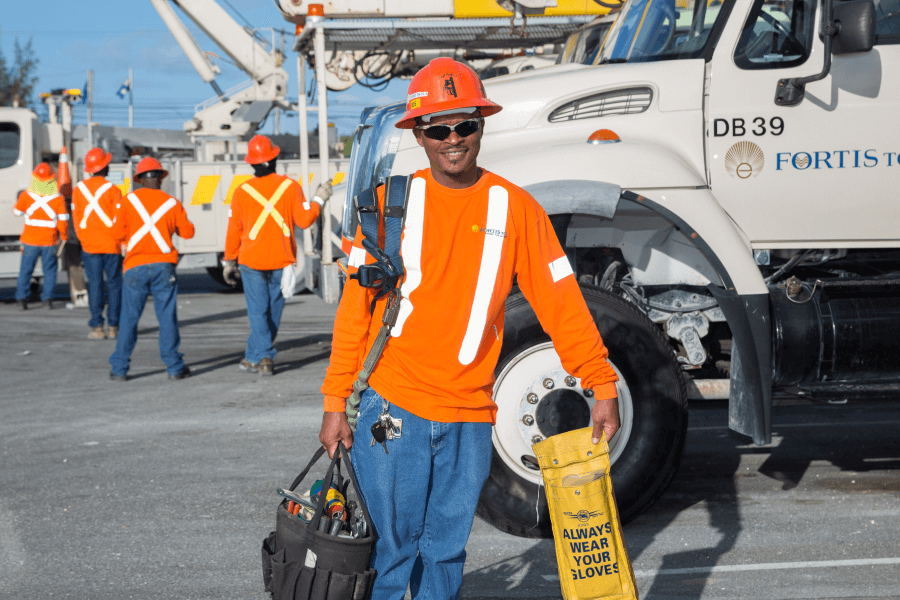
A: DAMAGE ASSESSMENTS
Once the all-clear is given by disaster management authorities, damage assessment teams are deployed into the field. Our crews survey the damage to the electricity infrastructure across our service territories, identify faults and problem areas, and the resources needed to conduct repairs. Our systems and sensors indicate where outages occur, and the assessment process will help determine the extent of damage waiting for repair.
What can you do?
B: RESTORATION AND CRITICAL REPAIRS
Stage two involves restoration and critical repairs. We prioritize restoring electricity to critical facilities and the largest number of customers in the shortest possible time. Critical facilities include hospitals, 911 centers, airports and other critical infrastructure.
While customer outage reports are being collected through various channels, crews are working across our service territories. Efforts are also focused on any critical repairs needed to the backbone of the grid including main circuits, transmission and distribution lines and substations. If you don’t see us in your neighborhood, rest assured that boots are on the ground.
C: RESTORING ISOLATED CUSTOMERS
We then focus on isolated customers in the third stage. These are small pockets of customers who are still without power although their general area has been restored, due to one reason or another. Repairs in these areas take the longest and we ask for your patience as our crews will continue until all services are restored.
What can you do?
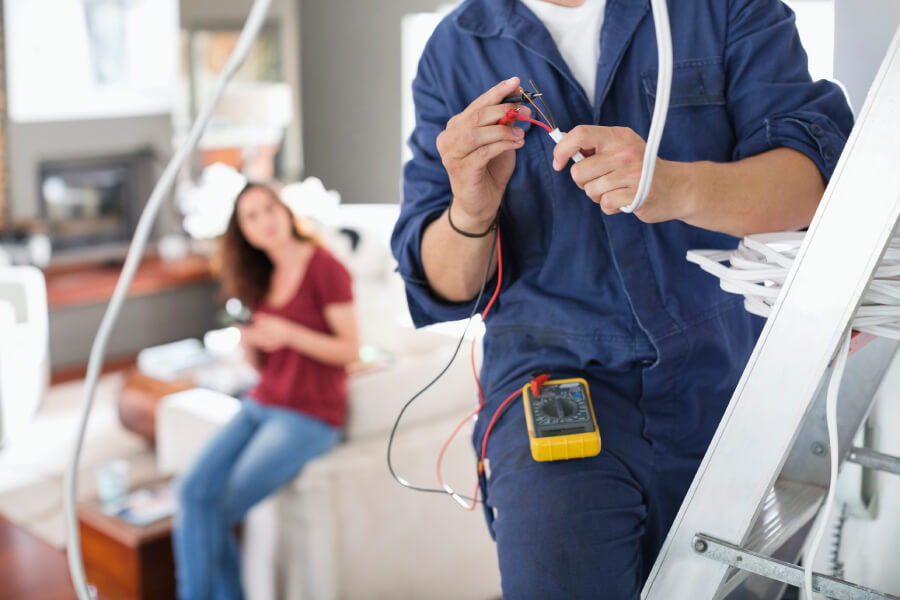
Are you ready to safely receive power? This is an important question to ask yourself after a hurricane, especially if your property has sustained damages.
Damages, especially to electrical equipment attached to the property, can prevent power from being restored until the necessary electrical repairs are completed.
Property owners are responsible for the service stack, attachment hardware, and meter box at their home or business. If this electrical equipment is damaged, repairs will be needed before we can connect your service.
These and any other damage to your home’s electric system must be repaired by a licensed electrician. The use of an unlicensed electrician is strongly discouraged and this can create safety hazards and possibly delay your power from being connected.
Ensure repairs pass any required inspections and notify us when you are able to safely receive power.
FortisTCI is only responsible for the service line to your property and the electric meter. If these are damaged, repairs will be performed by us before reconnection to the grid.
If you have questions about your service, call us at 946-4313.
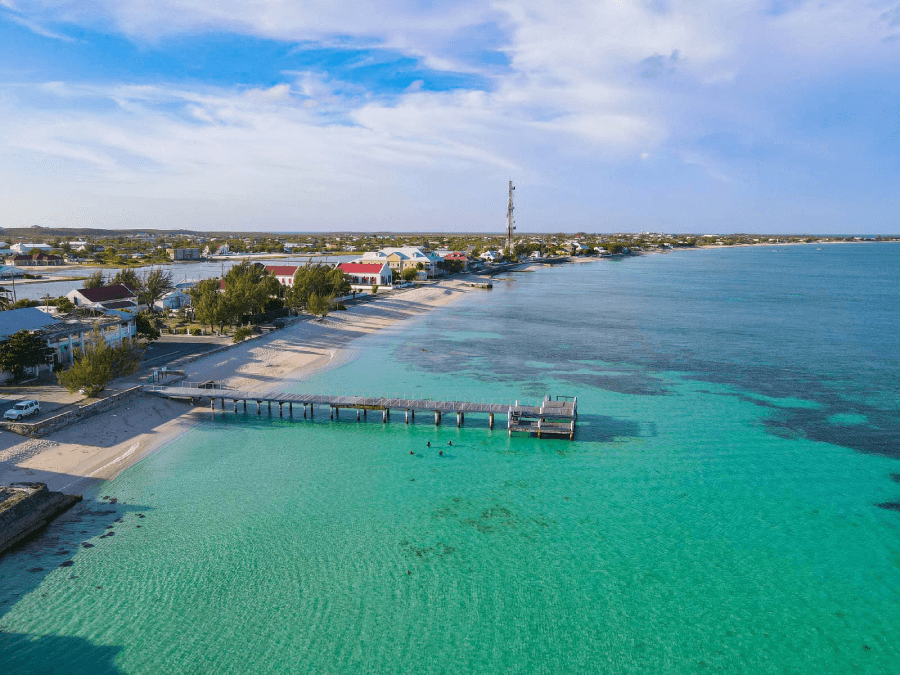
Each island's electricity network has unique characteristics that influence how power is restored following a major outage event caused by a hurricane.
The electricity network on Grand Turk is divided into three primary zones, each with a main feeder that transmits power from the generating station to the various distribution points within the zone. There is a West Feeder, East Feeder, and South Feeder.
Critical services such as the island's hospital and police station are on the west feeder, along with the telecommunications provider, FLOW's cellphone tower, and even some government offices. Restoring electricity to those essential services would be our top priority.
Another top priority is restoring electricity to other critical facilities located in the southern part of the island, which are connected to the South Feeder. These facilities are the Airport, FAA Radar Facility, Air Traffic Control Tower, Aerodrome Fire Service, and Reverse Osmosis (RO) Plant. The Grand Turk Prison is also on this same feeder and, for security reasons, would also be our focus.
The service tower for telecommunciations provider, Digicel, is located on the East feeder. Hence, restoring electricity to this location would also be a priority, along with major supermarkets.
Based on the electricity network's design, some homes and businesses connected to the same line as these critical facilities and key locations may also be energized in the process. For this reason, electricity services may be restored in some areas within these zones but not others, or you may be on another distribution service line than your neighbor across the street whose circuit has been restored.
We aim to restore critical facilities and the greatest number of customers in the shortest possible time, in the safest, most efficient way. Areas with the least damage – meaning no damaged poles, downed power lines, or damaged transformers, may receive power quicker than areas requiring repairs such as pole replanting, transformer replacements, and restringing of service lines wires. Some customers may also be isolated if their electrical system was damaged in the storm.
Our crews continue working until all customers who can safely receive power are restored and energized. We sincerely appreciate your patience and understanding during the process.
Restoring power after a major weather event is a complex task that must be completed safely and as efficiently as possible. There are steps that you can take to help us serve you.
Thank you for your support and patience as we work to restore power in the safest, quickest, most efficient way.

Once our Call Center has been activated following a hurricane, customers are encouraged to remain safe, and contact us at 649-946-4313 to report an outage, downed power line, or any other related hazard.
Our office may remain closed to the public. All incoming calls are routed to the Call Centre. Outage related queries are handled with priority. Other non-urgent service related queries are addressed once normal operations resume.
Visit our website at www.fortistci.com/powertracker and social media pages for updates on our hurricane response and restoration efforts.

Storms can trigger unplanned power outages. While our systems and sensors allow us to detect outage affected areas, reports from customers also help us to gather useful data to support our power restoration effort.
There are various ways to report an outage.
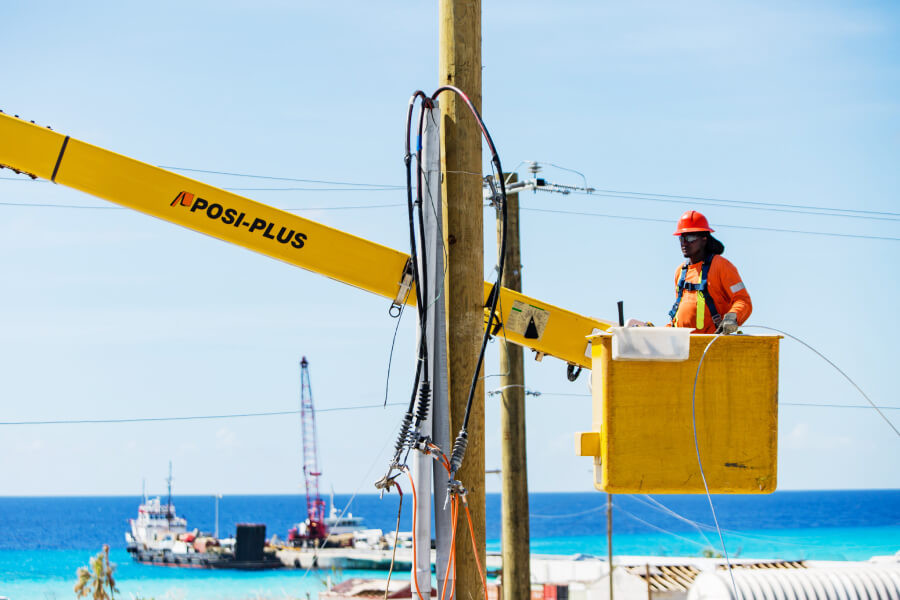
The pace of restoration is influenced by several factors including how much damage has been inflicted on the electricity system and its various parts. The more obvious damages are downed or damaged poles and power lines, but damages can also occur to other parts of the network that are less visible to the naked eye.
The nature and complexity of repairs, and the location of the fault also impacts our pace.
If the weather is unstable or it is raining, this can pose various hazards and endanger our utility workers. This means our crews are unable to work outdoors on the electricity network until it is safe.
Although we pre-position resources, as a multi-island operation, the ability to quickly move more crews and equipment by air or sea to the hardest hit islands can also impact our restoration pace after a hurricane.
Of course, we take steps to limit the impact of these factors to the extent possible, but some are beyond our control.
We will do our best to keep you informed of our restoration progress and provide estimates where available and predictable, as conditions change and new information arises.
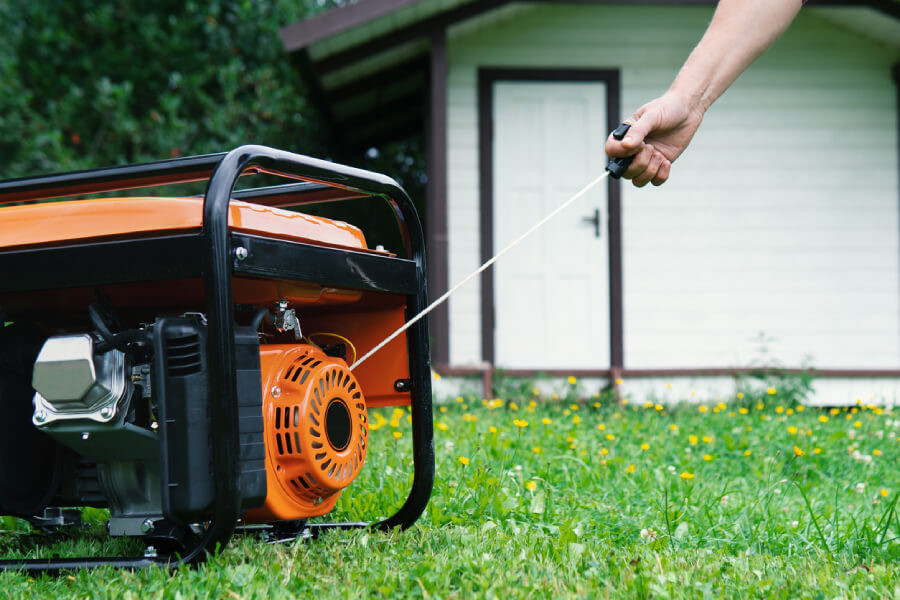
Following a storm, if the need arises and you must use a generator temporarily, it’s important to power up safely.
Improper use of generators can cause fire, shock, and carbon monoxide poisoning. This can result in injury, and even death. If you have a portable, gasoline-powered generator, follow these guidelines for your safety.
Never operate a generator inside your home or inside an enclosed space. Place generators outside and away from windows, open doors and vents to prevent carbon monoxide entry into the home. This includes your neighbors’ windows.
Carbon monoxide has no taste, smell, or color. The easiest way to detect it is by installing a carbon monoxide detector in your space. Inhalation of this poisonous gas can make you unwell. It can cause death if you're exposed to high levels.
Use a heavy-duty extension cord rated for outdoor use to keep the generator safely outdoors. Always use a three-prong extension cord, if the appliance has a three-prong plug.
Never plug a portable generator directly into your home’s outlet or connect it directly to your home’s wiring. Doing so can be deadly to you and others. The generator can also ‘”back- feed” onto the power lines connected to your home.
Ensure your generator is properly grounded to avoid the risk of electrocution.
Do not operate a generator in wet conditions.
A generator is a temporary power source. Use generators only when necessary to power essential equipment and appliances.
Avoid overloading the generator and turn on the appliance one at a time and do not exceed the generator’s rated wattage.
Before refueling, turn off the generator and let it cool down. Ensure reserve fuel is stored safely.
If you have a fixed, installed generator at your property instead of a portable unit, hire a licensed electrician to connect the generator to your house wiring using a transfer switch to prevent your generator from backfeeding utility lines which poses risks for utility workers, and can damage to your generator when utility power is restored.
Thoroughly read and follow the manufacturer’s instructions to avoid dangerous shortcuts and remember to power up safely.
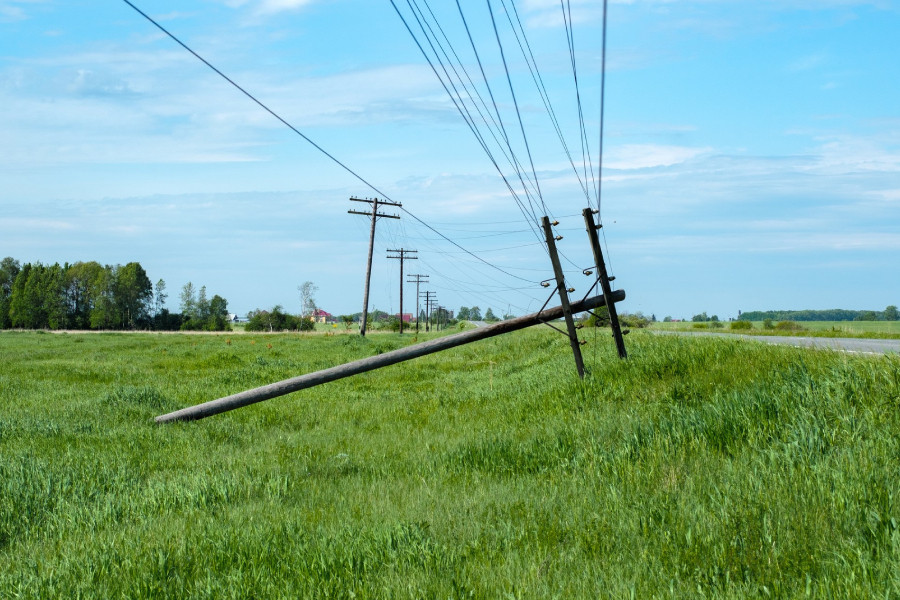
Electricity is silent, invisible and can be deadly if it finds a path from a power line to you. Live power lines can energize the ground up to 35 feet away.
Fallen power lines should always be treated as energized and dangerous. Keep a safe distance and watch for hidden electricity hazards.
Warn others to stay away from a downed power line or anything that may be in contact with a power line.
Never touch, drive over or attempt to remove a downed power line and never drive through water that is touching a downed power line.
Immediately call 911 to report dangerous or hazardous conditions.
To report downed power lines or damage to our poles, wires or transformers, call 946-4313.
Our post-storm power restoration tracker shows the latest information and is updated daily in mass outage scenarios. This allows customers to view outage and restoration updates for each island.
Read MoreFortisTCI has achieved Platinum status from the Investors in People (II... Read More